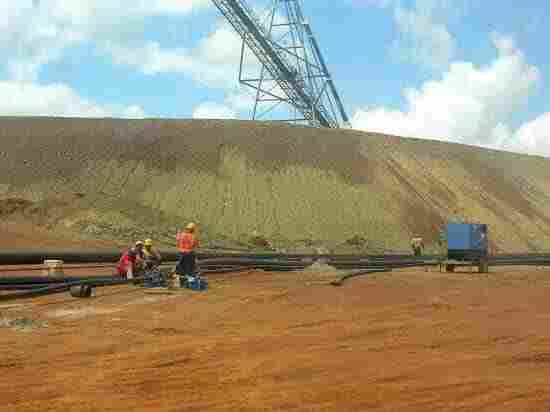Blog
The Recent Explosive Growth of Gold Mining in Tanzania
Tanzania – a land rich in gold
Recent research suggests that Tanzania could well be one of the largest producers of gold in the world. As a country, Tanzania has always been blessed as a land rich in minerals. Tanzania is a young nation, having gained its independence in 1961 after many years of colonial rule. Political parties were allowed only post-1992 after which the country held its first democratic elections in 1995. The current president, John Magafuli was elected in 2015. Mining accounts for 3.3% of the country’s GDP as per figures from 2013. Interestingly, 89% of the country’s exports come from gold mining. It is one of the biggest businesses in Tanzania. Apart from gold, the country’s diamond mining industry is also significant.
A spurt in gold mining
Tanzania’s gold production has increased by 700% in the last 25 years and Tanzania is the world’s 4th largest gold producer. One of the largest gold companies in the country is Acacia Mining. The company mines its gold largely from the Bulyanhulu and Buzwagi gold mines. Acacia mines and exports around 4,000 containers every year at a rate of 333 containers each month. Tanzania’s high yield mining sites, Buzwagi and Bulyanhulu are located in a town called Kahama, in the Lake Victoria region of the country, which is well known as part of the country’s lucrative gold belt.
Download our FREE Insider’s Guide to gold and silver investment here
The nature of the underground rock structures at these mines ensures that 50% of the gold is recovered at the site itself. The balance is usually recovered from other mines which produce a gold-copper concentrate ore. However, this means that the gold still needs to be extracted from the ore. Acacia produces around 1,500,000 ounces of gold per year, which is valued at $1.89bn is the international market. Clearly, these statistics position Tanzania as the leader in gold mining in Africa. South Africa is the only other African nation that comes close in terms of gold production with annual production volumes of 140 metric tonnes.


In a recent controversy, Tanzania imposed a ban on gold exports as well as exports of other precious minerals from the country in March 2017. The ban has affected several multi-national companies involved in mining operations in the country. The Tanzanian government has stated that the ban is designed to prevent minerals being taken out of the country for processing. However, many believe that the ban is a pressure tactic by the current government against Acacia Mining, due to an unresolved tax dispute with the company. The company’s output accounts for almost 2% of the country’s GDP.
Reasons for Tanzania’s gold mining boom
The history of Tanzania’s gold mining boom
dates back to the early 90s when the country’s political structure opened up for greater democracy. The liberalisation of the mining industry at the time meant that by the late 80s, the monopoly exercised by the country’s state mining company, a public sector company was brought to an end. This allowed any citizen to get into mining and sell minerals. The second act of liberalisation was the country’s government allowing multi-national corporations to enter the gold exports business in the country and grow their presence in the country. The country benefited hugely through these moves, as the foreign exchange earnings multiplied and could be used to import consumer goods, invest in infrastructure, etc. These economic moves led to a virtual cycle, which in turn kicked off the artisanal gold mining boom in Tanzania.
Call us to find out more about gold investments
Of course, in order to be a savvy gold investor, you needn’t worry about Tanzanian gold. Our investment team at Physical gold can advise you on the best buys when it comes to investing in gold and building a great portfolio. All it takes is a phone call. Call us now on 020 7060 9992 or get in touch through our website to speak to a member of our team.
Image credit: Wikimedia Commons



